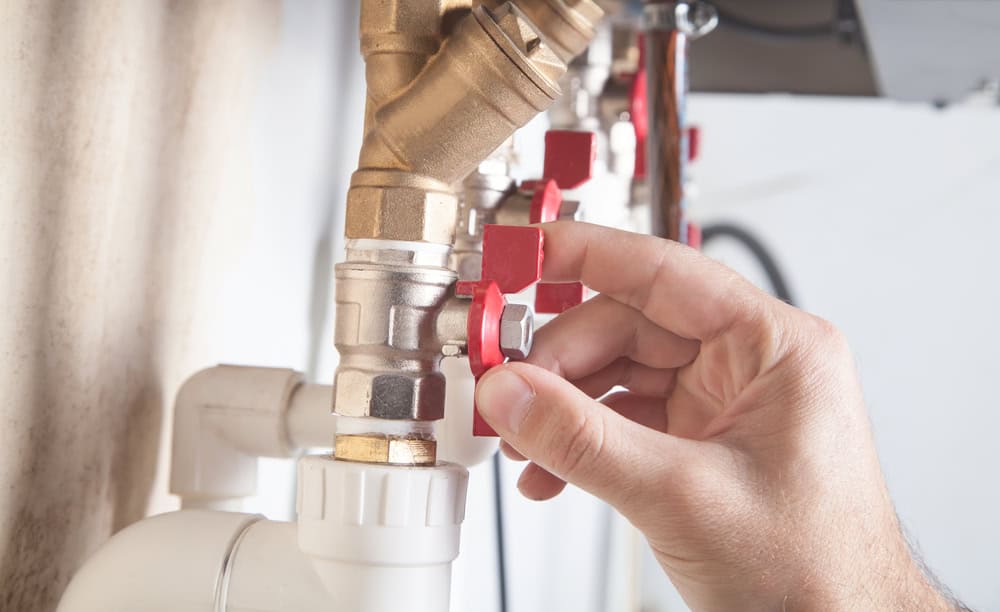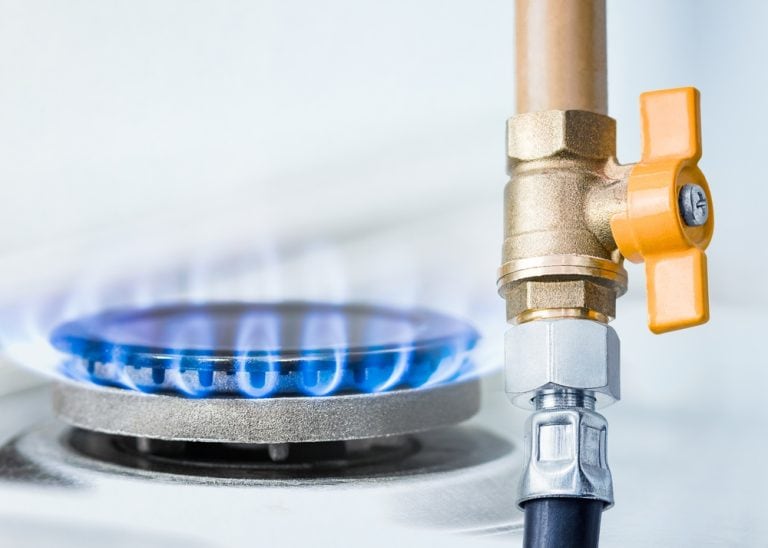How to Locate and Operate Gas Valves in Your Home

If your home uses natural gas or propane appliances, it’s important to know where the gas valves are and how to turn them off in case of emergencies or maintenance. Here’s a guide to understanding gas valves, where to find them, and what to do in case of a gas leak.
Where to Find Gas Valves
-
At Each Appliance:
- Required by Code: All gas appliances have a dedicated valve on the gas pipe nearby.
- Examples:
- For a gas range, the valve is usually located just behind the appliance, where the flexible connector attaches to the pipe.
- For a gas furnace or water heater, the valve is often on the gas pipe running into the side of the appliance.
-
Gas Main Shut-Off Valve:
- In addition to appliance-specific valves, your home has a main shut-off valve where the gas supply enters your house. This allows you to cut off gas to the entire home.

How to Operate a Gas Valve
Gas valves are simple to use, whether they have a handle or require a wrench:
-
Parallel to the Pipe (Gas On):
- When the handle or lever is in line (parallel) with the gas pipe, the valve is open, and gas is flowing.
-
Perpendicular to the Pipe (Gas Off):
- Turn the handle 90 degrees so that it is perpendicular to the pipe to shut off the gas flow.
Some valves, especially older ones, may require a small wrench to turn. Newer installations may come with larger, user-friendly handles that can be turned by hand.

Important Safety Tips for Gas Lines
-
Unconnected Gas Lines:
- If you have a gas supply line with no appliance connected, ensure the valve is closed, and the pipe is capped to prevent leaks.
-
If You Smell Gas:
- Leave Your Home Immediately: Do not attempt to find the source of the leak.
- Do Not Use Electrical Fixtures: Avoid turning lights, appliances, or anything electrical on or off, as this could cause a spark.
- Call for Help: From a safe location outside your home, call:
- Your gas utility company to report the leak.
- The local fire department if you suspect an emergency situation.

Summary for Gas Valves

- Gas appliances, such as ranges, furnaces, and water heaters, each have a nearby dedicated shut-off valve.
- A gas valve’s position indicates whether it’s open: parallel to the pipe (on) or closed: perpendicular to the pipe (off).
- Ensure unused gas lines are capped and shut off.
- In the event of a gas smell, evacuate immediately and contact your gas utility or fire department from outside the home.
Knowing how to locate and operate gas valves is vital for protecting your home and family during maintenance or emergencies!